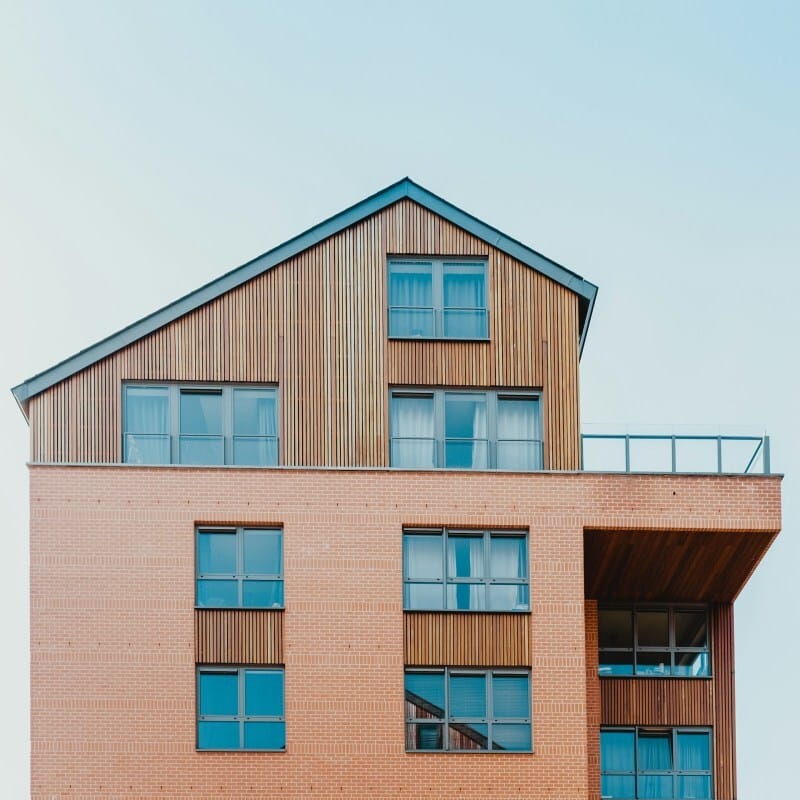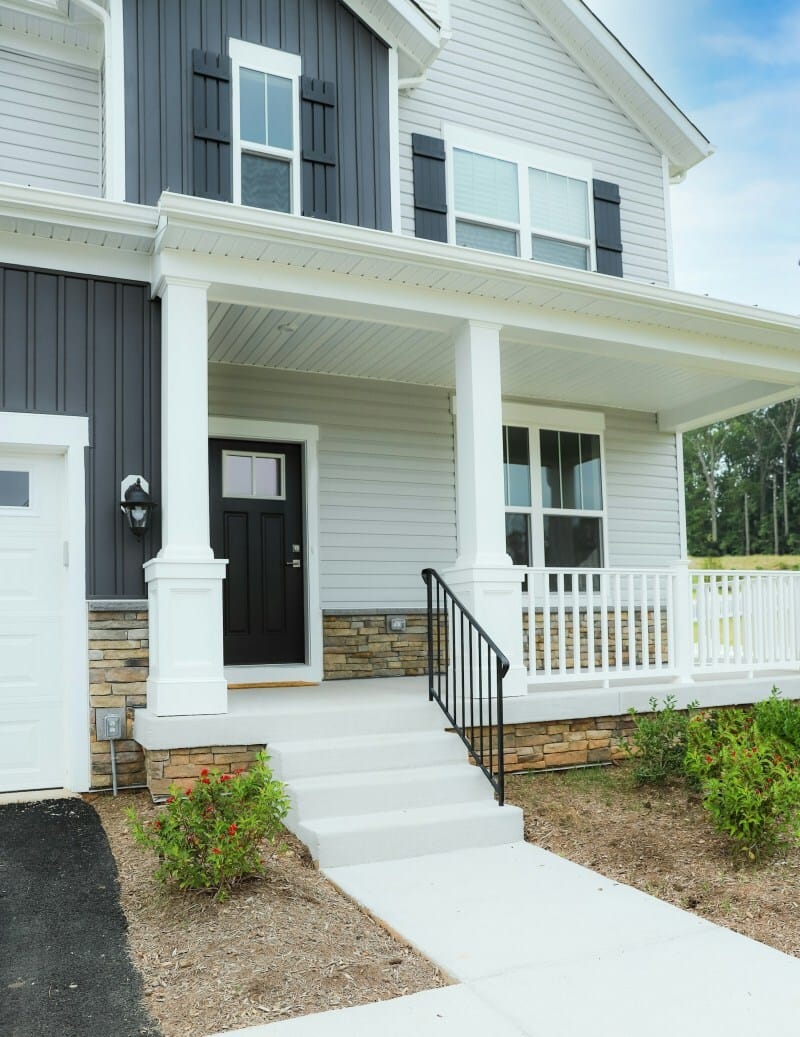Modern home design continues to evolve, and one of its most compelling trends is the creative use of multiple siding materials. Instead of sticking to a single material or finish, designers now layer textures, colors, and forms for more dynamic curb appeal. This approach gives homeowners the ability to express individuality while enhancing architectural structure.
With thoughtful design and smart execution, mixing siding materials brings homes to life. It’s more than just a trend—it’s a technique that balances beauty, durability, and function. If done right, it can turn even the simplest structure into a striking, memorable facade.

1. Understanding the Appeal of Mixed Siding
The charm of mixed siding comes from its visual interest. When you blend wood, stone, fiber cement, or metal, each material plays a unique role. Texture creates depth, color guides the eye, and contrast adds boldness. Whether you’re revamping a classic ranch or building a cutting-edge modern home, the mix breaks monotony and adds character. Instead of flat, lifeless exteriors, homes become expressive and multi-dimensional. Designers also use mixed siding to highlight architectural elements, such as gables, entryways, or second stories. It’s an approach that speaks to creativity and function all at once—adding value as well as beauty.
2. Planning Your Material Combinations
The most successful mixed facades start with a solid plan. You can’t just throw materials together and hope it works. Begin by studying your home’s shape, roofline, and layout. Which areas need emphasis? Which should remain subtle? From there, consider your color palette. Stick to a consistent tone family or choose two dominant colors with one accent. Textures should complement, not clash. For example, rough stone and smooth fiber cement can work beautifully together. Homeowners also benefit by consulting a siding contractor during this phase. Their insights ensure that materials not only look good but also perform well over time and match local building codes.

3. Popular Pairings That Work
Some material combinations just make sense—because they’re time-tested or offer instant visual harmony. One favorite is wood with metal. Warm tones from cedar or reclaimed wood soften the sleek industrial edge of steel or aluminum. Another pairing: stone with fiber cement. Stone adds grounding and tradition, while fiber cement brings versatility and durability. Brick with board-and-batten siding also provides classic appeal with modern flair. These combinations do more than just decorate a home—they reinforce design intentions. Whether you’re going for rustic charm, contemporary clean lines, or transitional style, there’s a mix that suits the mood perfectly.
4. Placement Strategy: Where and Why It Matters
Where you place each material matters just as much as the material itself. The eye naturally gravitates toward contrast, so use the boldest material to frame or emphasize key features. Upper stories, bump-outs, and entryways become perfect canvases for dynamic textures. Base levels often benefit from sturdy finishes like stone or brick, which offer protection from moisture and dirt. Horizontal siding on lower sections can ground the structure, while vertical panels up top add lift and visual movement. Consistency across sides of the house matters too—so the back shouldn’t feel like an afterthought. Strategic placement elevates design and makes the most of every element.

5. Color Theory in Siding Mixes
Color sets the tone of any mixed-material design. Neutrals like gray, beige, and charcoal provide a timeless foundation. You can then layer in accents—such as navy, forest green, or even black—for bold statements. It’s not just about what looks good up close; consider how the palette interacts with the landscape, sunlight, and even neighboring homes. Color transitions should feel natural, not forced. When using three materials, assign each a role: dominant, secondary, and accent. That order gives the facade rhythm and balance. Also, remember that different materials take color differently. Always test samples together under natural light before committing.
6. Texture and Dimension: The Unsung Heroes
Texture brings a tactile experience to your home’s exterior, even if no one physically touches it. Mixing materials naturally introduces varying surface depths—rough stone, grooved wood, smooth metal, or grainy fiber cement. These variations catch light differently throughout the day, creating subtle visual shifts that add richness. Dimension enhances architectural detail, breaking up what would otherwise be a flat plane. Overhangs, trim, and transitions between materials serve as opportunities to create deliberate contrast. A textured look doesn’t just add style; it makes the home feel alive and engaging. You build more than a wall—you craft an exterior with personality and presence.

7. Practical Benefits Beyond Aesthetics
The right material combinations do more than look attractive—they perform. Stone or brick at the base provides insulation and resilience against weather, while lighter-weight materials higher up reduce structural load. Fiber cement offers low maintenance and resistance to pests. Metal resists rot and thrives in wet climates. When you mix materials smartly, you also spread your budget wisely—reserving more expensive materials for visible focal points and using economical options elsewhere. Additionally, multi-material designs can help with energy efficiency, especially when paired with quality underlayment and insulation. Beyond aesthetics, mixed facades bring function, longevity, and smart value to the table.
8. Mistakes to Avoid When Mixing Materials
Even the most inspired designs can go wrong without careful attention. One common error: overloading the facade with too many textures or colors. Stick to two or three distinct materials—anything more creates visual chaos. Avoid placing high-maintenance materials in hard-to-reach places, like upper stories or behind landscaping. Make sure transitions between materials look intentional, not abrupt. Use trim, flashing, or change in plane to create clean breaks. Clashing color temperatures—like mixing warm earth tones with icy blues—can also throw off the whole design. And most importantly, never overlook moisture control or compatibility between materials. Design thrives on clarity, not confusion.
Mixing siding materials offers homeowners the chance to turn their properties into architectural statements. When done with purpose and creativity, the results speak volumes. Every texture, color, and transition plays a role in defining the home’s character. More than just a design choice, it’s a strategic approach that balances function with flair. From selecting the right materials and placements to considering future maintenance, every step counts. This isn’t just about style—it’s about smart, thoughtful construction that reflects who you are and where you live. With careful planning, the art of modern facades becomes an investment in both beauty and value.
The post Mixing Siding Materials: The Art of Modern Facades appeared first on Moss and Fog.
